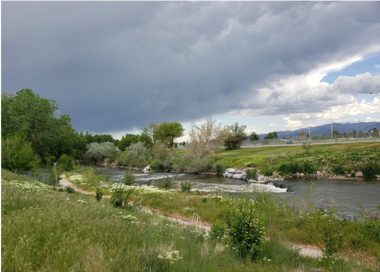Several programs and departments within Salt Lake County Government have spent countless hours promoting water quality and planning since the late 1970s. Between 1975 and 1978, the Salt Lake County Planning Commission acted as the Area-Wide Water Quality managing entity.
On February 6, 1978, with the completion of the Area-Wide Water Quality Management Plan, Salt Lake County Government was designated the regional water quality planning authority by then Governor Scott M. Matheson. The primary goals outlined in the 1978 Plan were to provide a “continuous planning process directed toward achieving the policy of restoring and maintaining the chemical, physical and biological integrity of the waters of Salt Lake County.”
At this time, the Council of Governments (COG), in conjunction with the Salt Lake County Planning Commission, hired staff to conduct water quality planning and subsequently created the Water Quality and Water Pollution Department. The Water Quality and Water Pollution Department functioned as the primary water quality planning authority until 1985.
In 1985, the Salt Lake County Health Department took over this responsibility. In 1992, water quality planning was placed directly under the Salt Lake County Commission. In 1997, the Public Works Department of Salt Lake County took on the charge of area-wide water quality planning.





